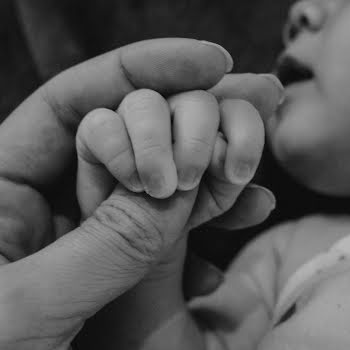
By IMAGE
27th May 2015
27th May 2015
How switched on is your bullsh*t-ometer?
We all know that first impressions are everything. When it comes to striking up a bond with someone for the very first time, people are more responsive and attune to positive emotions than they are negative emotions. If it’s friends or professional relationships you’re looking to develop, a new study says the best place to start is with a smile, as almost instantly, we will feel closer to strangers who have displayed positive emotions than those who appear less warm.
While this all sounds fairly standard, what’s worth remembering is that a fake smile won’t cut it. Though we might not be consciously aware of it, our intuition can always tell when others aren’t smiling genuinely. ?According to the study led by Belinda Campos of the University of California, as reported by Science Daily, people predominantly display positive emotions by giving what’s known as the Duchenne smile. ‘This distinct smile involves the simultaneous movement of two facial muscles around the eyes and cheeks and is primarily produced when people are sincere and happy. It is seen as a reliable sign of true affiliation and willingness to cooperate with another person and helps to strengthen social bonds’ – Science Daily. Lead researcher Campos is a firm believer that we are very much aware of its presence or absence during conversations and that they are good at “reading” fake behaviours.
Chances are you’re now practicing the difference between your real smile and your fake one. If your eyes and cheeks are involved, you’re on to a winner.
As part of the study, Campos and her team carried out two experiments: one that focussed on couples’ awareness of each other’s emotions when they spoke about past relationships or teased one another, and a second that looked at how positive emotions help people to form new social bonds. The second experiment was achieved by assigning 90 or so women to watch six very emotional film clips in the company of either a friend or a stranger. What they discovered, beyond the fact that we feel closer to strangers who show genuine, positive emotion, is that a display of awe, in particular, encourages a bond between those who’ve never met.
“Our findings provide new evidence of the significance of positive emotions in social settings and highlight the role that positive emotions display in the development of new social connections. People are highly attuned to the positive emotions of others and can be more attuned to others’ positive emotions than negative emotions,” says Campos.























